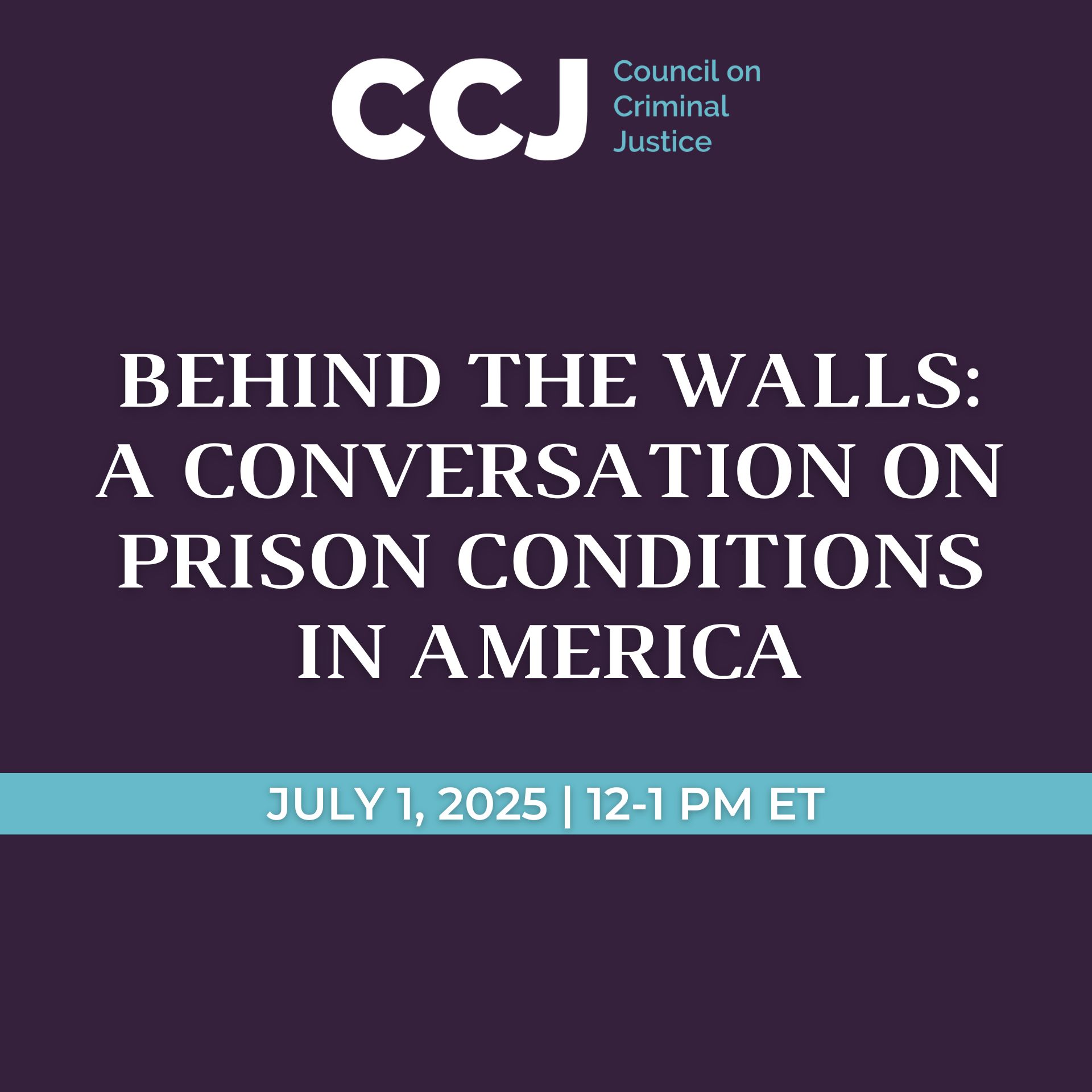This report updates our previous studies of crime changes during the COVID-19 pandemic, extending the data through the first three quarters (January-September) of 2021. The results are generally consistent with those of our earlier work and our conclusions have not changed: as the pandemic subsides, long lasting reductions in violence and crime will require cities to adopt evidence-based crime-control strategies and long-needed reforms to policing.
Methodology
The study was conducted by criminologist and Professor Emeritus Richard Rosenfeld of University of Missouri, St. Louis, and Ernesto Lopez, Council on Criminal Justice Research Specialist.
This study examines monthly crime rates for ten violent, property, and drug offenses in 29 U.S. cities. The crime data were obtained from online portals of city police departments that provided weekly updates for the period between January 2018 and September 2021. The largest city in the sample is Los Angeles, with nearly 4 million residents. The smallest is Norfolk, Virginia, with 245,000 residents. The data are subject to revision, and not all cities reported data for each crime or for each week. Offense classifications also varied somewhat across the cities.
Findings
- During the first three quarters of 2021, homicide rates declined from their recent peak in the summer of 2020, but remained above the levels of prior years. The number of homicides rose by 4% compared to the first three quarters of 2020 (an increase of 126 homicides).
- Even with the 2021 increase, the homicide rate for the cities studied was just over half what it was for those cities in the early 1990s (16 deaths per 100,000 residents versus 28 per 100,000 in 1993).
- Aggravated and gun assault rates were also higher in the first three quarters of 2021 than in the same period of 2020. Aggravated assaults increased by 3%, while gun assaults rose by 0.4%.
- Burglary, larceny, and drug offense rates were lower in the first three quarters of 2021 than during the first three quarters of 2020. Residential burglary, non-residential burglary, larceny, and drug offense rates dropped by 10%, 11%, 5%, and 14%, respectively, from the same period in 2020. Motor vehicle theft rates were 13% higher in the first three quarters of 2021 than the year before.
- Data on domestic violence shows that roughly the same number of incidents occurred in the first nine months of 2021 as the year before. But this result is based on just 13 of the 27 cities studied and should be viewed with caution. In addition, a previously released Council on Criminal Justice systematic review documented an 8.1% increase in domestic violence incidents after jurisdictions imposed pandemic-related lockdown orders in the spring of 2020.”
- The authors’ conclusions have not changed: As the pandemic subsides, long-lasting reductions in violence and crime will require pursuing evidence-based crime-control strategies and enacting long-needed reforms to policing.



